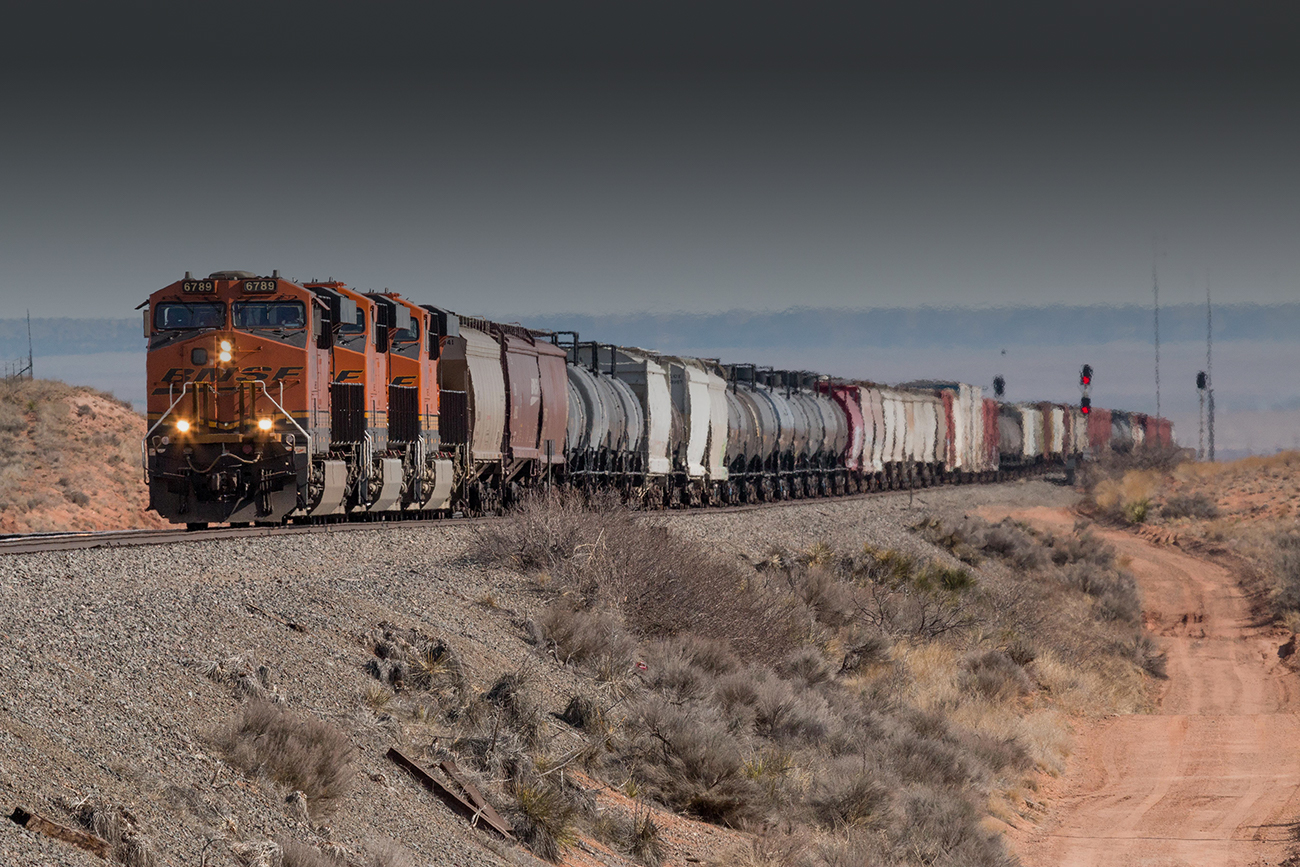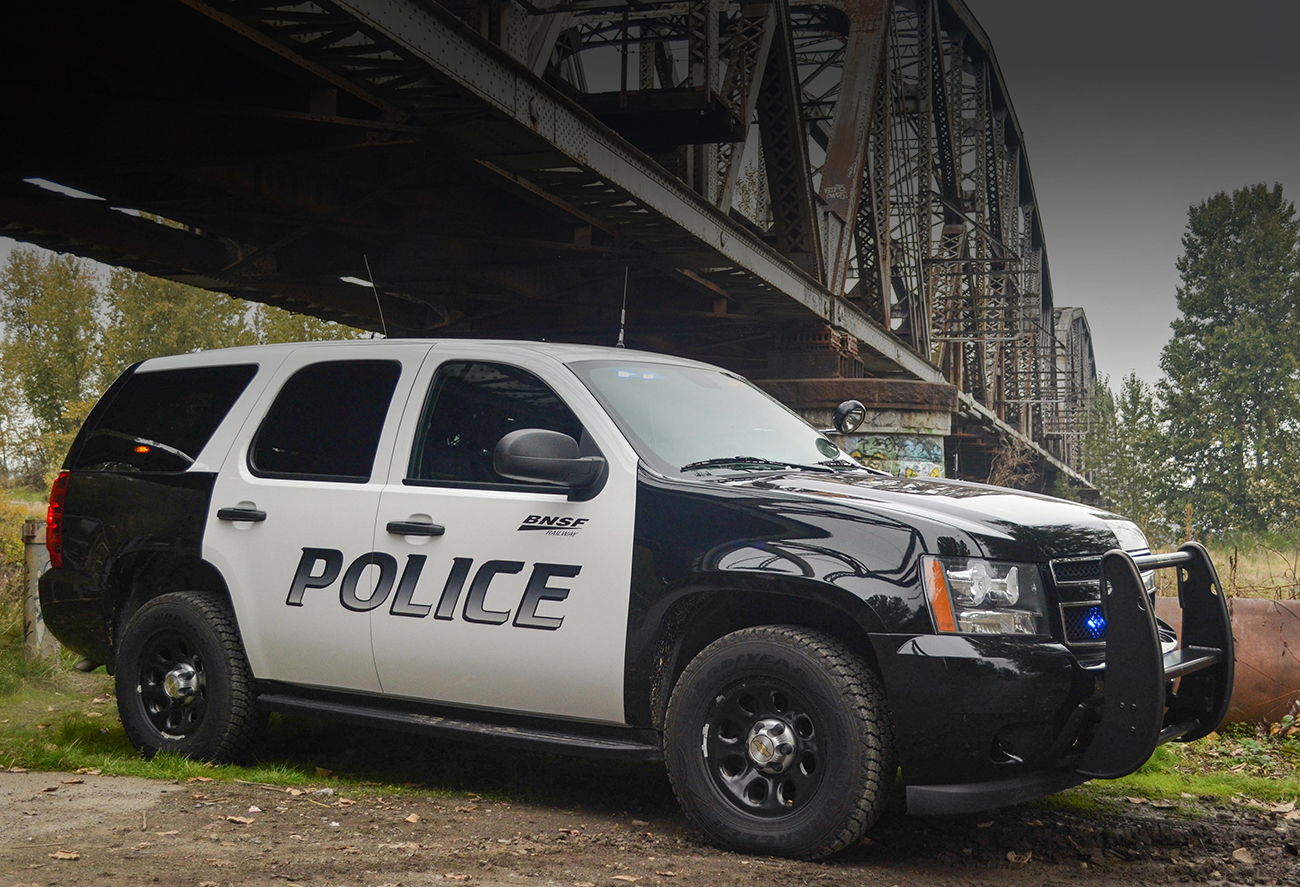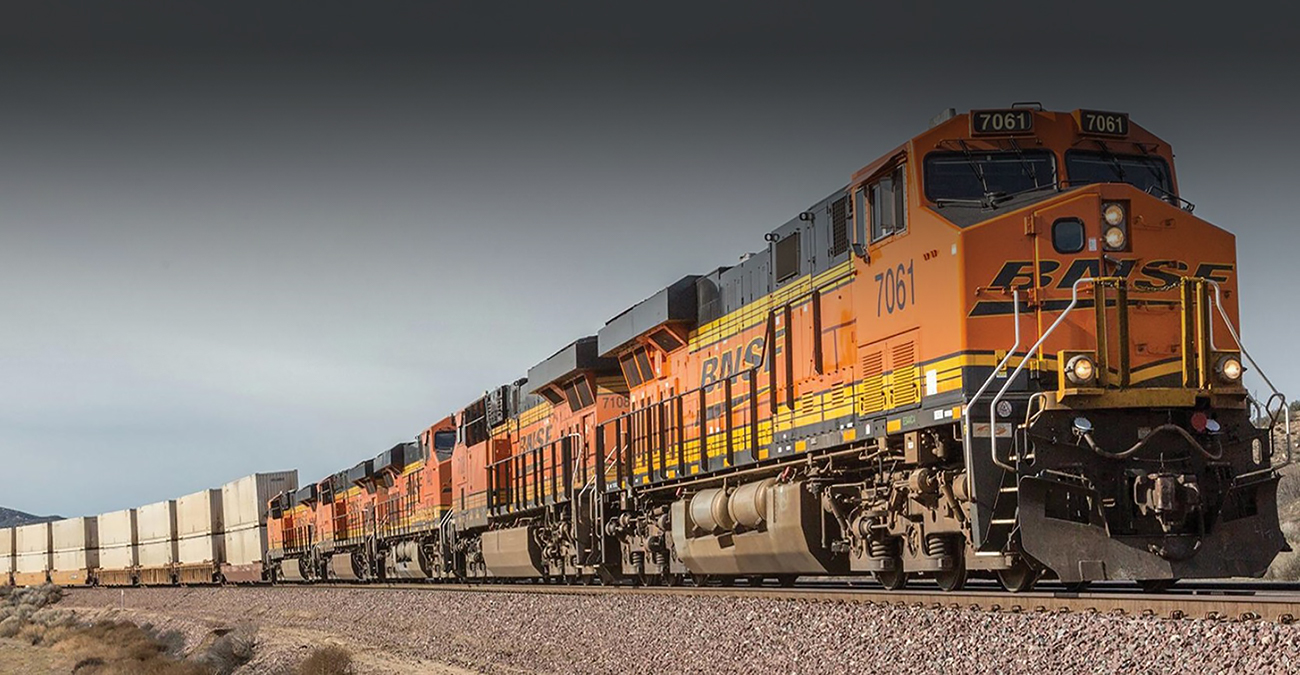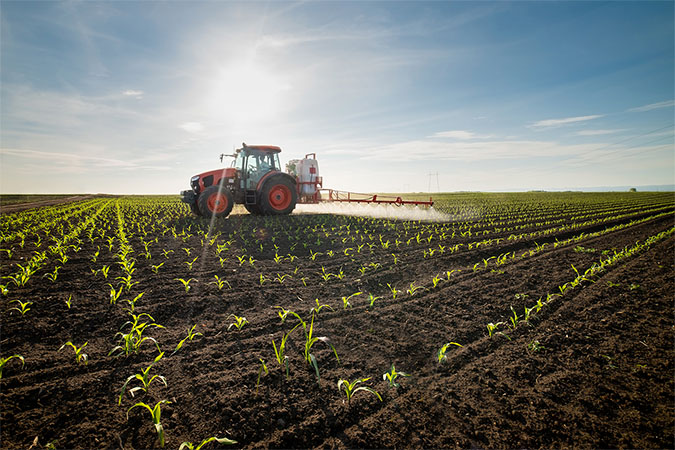
Fertilizer trains help producers grow with BNSF in more ways than one
By SUSAN GREEN
Staff Writer
Plants – whether in your garden or a farmer’s field – need more than TLC, sunshine and rain. Most need a little boost in the way of fertilizer, which BNSF helps deliver. So far this year, we’ve reaped what we’ve sown, with April having the highest fertilizer volume ever for that month.
Because it’s an indispensable component for strong crop production, agricultural producers count on us to deliver. The fertilizer we haul is in bulk, with a peak season that spans from March to the end of May. According to BNSF’s Randal Boss, manager of fertilizer, timing of this season varies year to year, depending on weather conditions, planting schedules and other factors.
“It’s challenging to forecast,” he said. “We know farmers will plant but don’t know what the markets will do.”
While demand may taper in the later summer months, BNSF moves fertilizer every day of the year, with some types more seasonal than others.

Fertilizers are generally transported in two forms, dry and liquid. Roughly 55% is dry, moved in covered hoppers, and about 45% liquid, which is transported in private tank cars. Much of the fertilizer freight, especially in peak season, moves in dedicated train sets with 85-110 cars per set.
Boss and the other fertilizer team members are part of our ag group, which has developed a shuttle network that specializes in hauling large volumes of agricultural products from a single origin to a single destination. These trains typically consist of 110 to 120 cars and operate on a dedicated route with minimal stops.
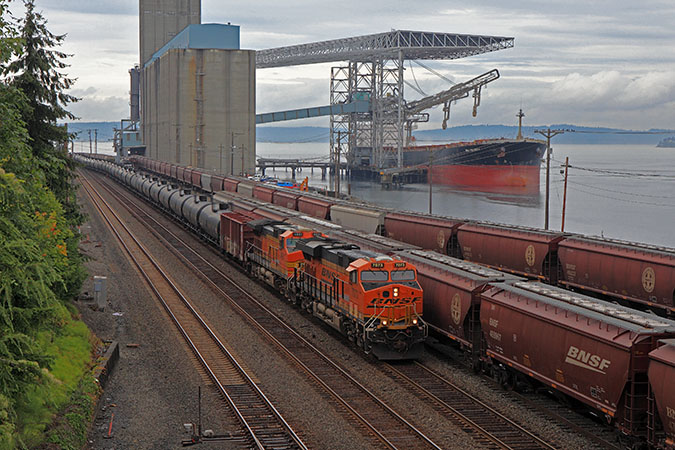
The fertilizer team uses that shuttle network, which means we can move whole fertilizer trains within three to four days, especially critical during planting season. The geographic range for fertilizer is vast, spanning approximately 45 origin locations and more than 400 destinations throughout our network, including 105 unit-train receivers.
Before the fertilizer is delivered to farmers or retailers, the raw materials must be produced or extracted, either chemically or through mining. Nitrogen-based fertilizer originates in domestic gas-producing regions like Oklahoma, Texas, North Dakota and portions of Louisiana as well as from import. Potash and phosphates that BNSF moves are minerals extracted from mines in Canada, New Mexico and Florida (with BNSF moving jointly with CSX).
Once the fertilizer materials are transported, they are stored in warehouses and tanks where the materials are blended for specific crops and regions. On BNSF, these destinations are close to farming centers like Kansas, Nebraska, Texas, Minnesota and Montana.

During peak season, warehouses can go through a unit train of fertilizer in a couple of days, according to Boss, and that’s why the shuttle network works so well to replenish stockpiles, typically in just a few days.
Producers and cooperatives like Central Valley Ag (CVA) are working with BNSF to grow their markets for grain and enhance their supply chain. Thanks to our ag marketing and economic development teams, CVA is building a new complex in Courtland, Kansas. It will have a grain shuttle facility with access to BNSF and include an agronomy center housing a 3.5-million-gallon liquid fertilizer plant with a chemical and seed warehouse.
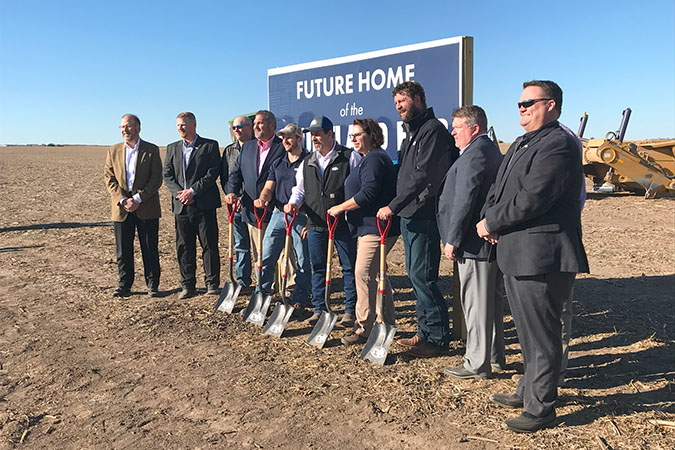
The new grain shuttle facility is expected to be fully operational later this summer, but BNSF is already providing service. The first train, with 110 loads of fertilizer, arrived in late March.
Another facility to open later this summer is in Osceola, Iowa, where NEW Cooperative Inc. is currently building a dry fertilizer storage and blending facility that has the ability to unload unit fertilizer trains.
Working closely with these and other ag customers are BNSF’s ombudsmen, who act as a liaison between BNSF and shippers.
“They’re invaluable,” said Boss. “I know about the fertilizer business. Having local ombudsmen who know the process, the customer, the weather is an awesome asset.”
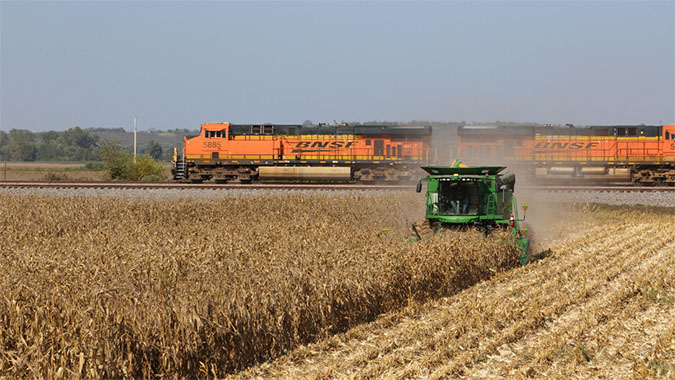
He also credits the BNSF operations team for maintaining those relationships and delivering the transportation support that’s needed especially during peak planting season. “They know when the season starts and make sure the equipment is staged where it needs to be with the people to move it,” said Boss.
From seed to grain to fertilizer, BNSF is helping make the U.S. farming supply chain one of the most efficient and productive in the world.
